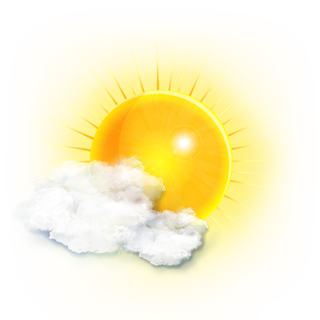Recently featured in Sculpture Magazine, Professor Tory Fair (FA) crafts figures that explore the subject of the body, nature and the imagination. Since spring, Professor Fair’s series of figures titled “In the wall” has exhibited at the LaMontagne Gallery in South Boston. Using her own body as a model for the figures, Fair has used the power of perfomative action to explore the curious act of looking. Each figure’s face is pressed against the museum’s surfaces and each body has flower details. Professor Fair took the time to chat with The Hoot about her projects and the question of what’s beyond the walls.
The Brandeis Hoot: How do you balance the responsibilities of a professor with your role as an artist?
Tory Fair: Being a professor is a great way to have income and time for your artwork.
BH: How would you describe your style as a sculptor? For instance, in Sculpture Magazine, you describe yourself as a “late-bloomer,” what does that mean?
TF: My pieces refer to my experience … I love the adolescent period, that feeling of instability.
BH: You have used yourself as a model for some of your sculptures, particularly the pieces now being featured in the LaMontagne gallery: What are the differences between using yourself as a model in comparison to an outside model? Is it more personal? Is it a different way of looking?
TF: I never used an outside model before … For my first piece called “Driving,” it was the most direct way to show how I disappear in my own thoughts while driving … It presents a direct link between experience and sculpture … I’m not making naked representations, it’s less about me as an identity and more about my humanness.
BH: As a subject, what do you think the human body reveals? How does it inspire your work?
TF: I’ve done six figurative sculptures in the last two years centered around a performative act: walking, driving, sleeping … I view the human body as a direct relation to experience … I use my body as a way to start the sculpture in a performative action. It’s the state of seeking, a state of investigation and in a way it’s about the act of sculpting.
BH: How does nature inspire your work?
TF: We are not separate from nature, we are a part of nature. The flowers [on the figures] have become symbolic of the potential to grow, the potential of the imagination, in a way the imagination is nature.
BH: How long did the “In the floor/In the wall” pieces take to sculpt?
TF: I did three in about nine months.
BH: All of the figures of “In the wall” have hidden faces; was that a specific choice? Why?
TF: [The pieces] are about looking into the walls to see beyond the surface. I’m in an active pose of looking.
BH: In Sculpture Magazine, you state that your new work goes “beyond the conventions of white walls?” What are the “white walls?” The museum space? A metaphor?
TF: It’s about the idea of a boundary, a convention—the wall acts as a surface to look beyond. Haven’t you ever wondered what’s beyond the wall?
BH: What was the most rewarding part of the artistic process?
TF: These pieces have a real self-reflexive quality for me… it confirms why I keep making sculpture…
BH: What was the most challenging?
TF: Those pieces were very physically demanding and it’s the physical aspect that I love. As I get older, though, it gets harder for me to do a lot of repetitive motion without feeling the consequences … I don’t know what the hardest part is, it’s labor at a certain point, the work you put into something you care about … it’s the labor that’s hard.
BH: How do you hope viewers will approach/interact with your pieces?
TF: I hope that they can feel connected to them, that they can relate the metaphor that I’m presenting. They also complete it, they mimic the gestures. They’re repeating the act of looking and investigating.
BH: What do you hope to accomplish through your new pieces?
TF: I hope that they create a dialogue. A humanist one—[humankind] participates with nature and is nature, rather than separating us from nature. The idea is that it’s important for us to adapt more, if we see ourselves as part of nature we can potentially balance with it… [The figures] aren’t political, but more humanist.


